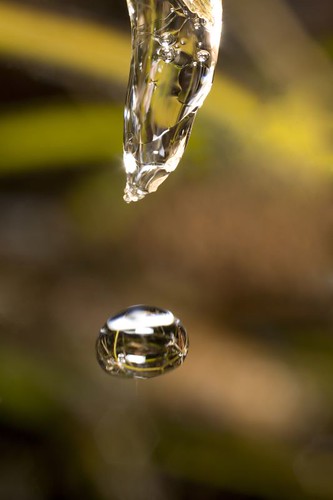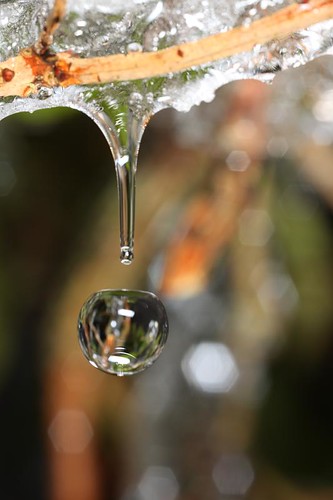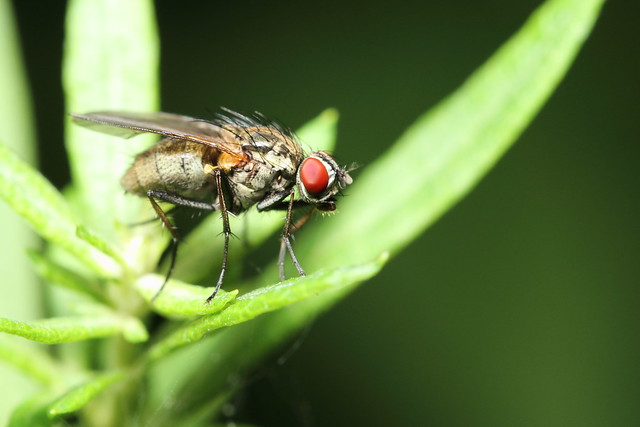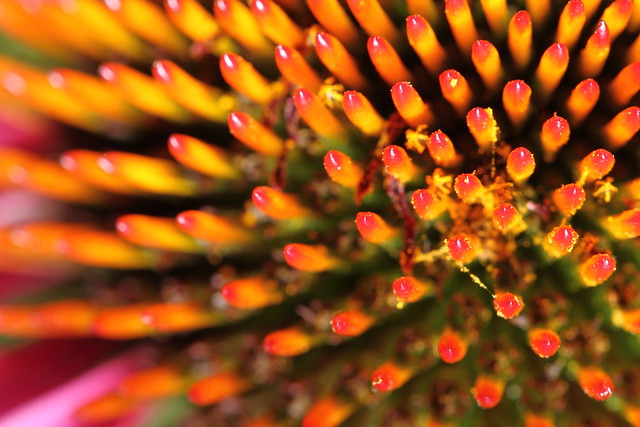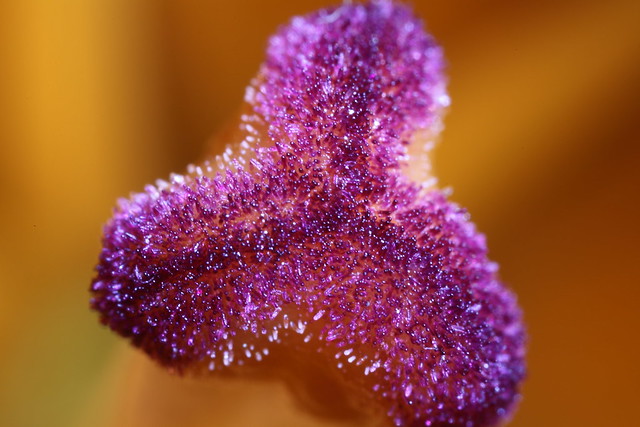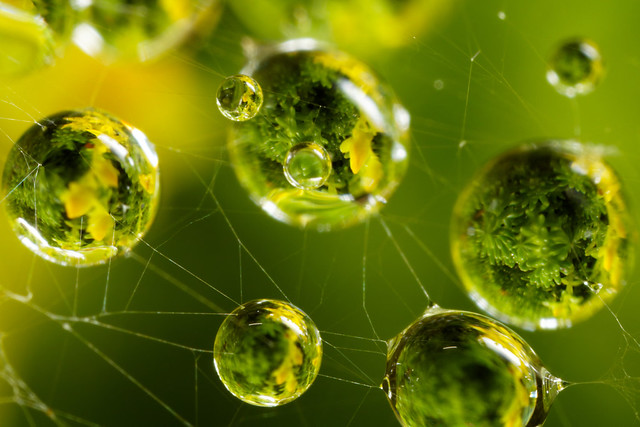L
Lux314
Guest
Hello all,
a question from a newbie poster on this forum - and I'm trying here to avoid the 'unofficial' FAQ's listed recently by WildBill...
I'm looking for input on flash units for macro photography, and especially if you have experience with the Canon MR-14EX versus MT-24EX: e.g. any pros and cons of both regarding their possibilities and limitations in use (besides the evident difference in guide number of course), any issues seen with the 2 flash units versus the ring-type flash (thinking e.g. about how reflections from the flashes show in the pictures), cumbersome set-up / operation, reliability, ... Any help and input is welcome!
In case it might be relevant: intented usage is with an EF 100 mm 2.8 L IS, and in the future probably also with a MP-E 65 mm 1-5x lens.
Thanks a lot!
a question from a newbie poster on this forum - and I'm trying here to avoid the 'unofficial' FAQ's listed recently by WildBill...
I'm looking for input on flash units for macro photography, and especially if you have experience with the Canon MR-14EX versus MT-24EX: e.g. any pros and cons of both regarding their possibilities and limitations in use (besides the evident difference in guide number of course), any issues seen with the 2 flash units versus the ring-type flash (thinking e.g. about how reflections from the flashes show in the pictures), cumbersome set-up / operation, reliability, ... Any help and input is welcome!
In case it might be relevant: intented usage is with an EF 100 mm 2.8 L IS, and in the future probably also with a MP-E 65 mm 1-5x lens.
Thanks a lot!


